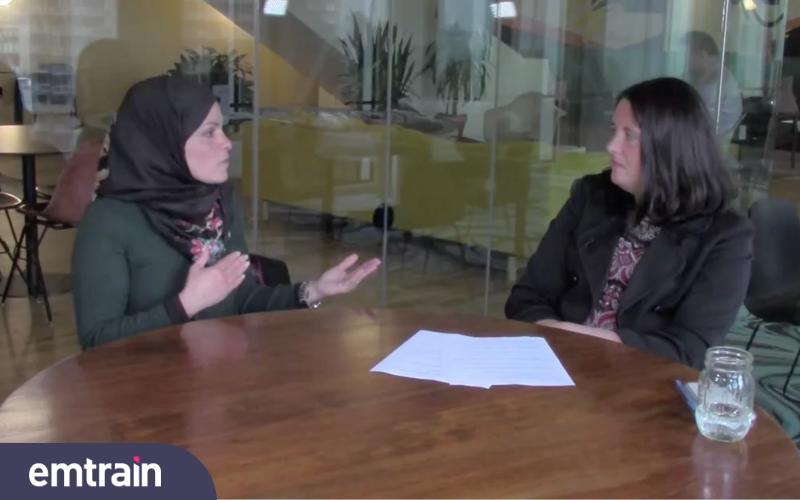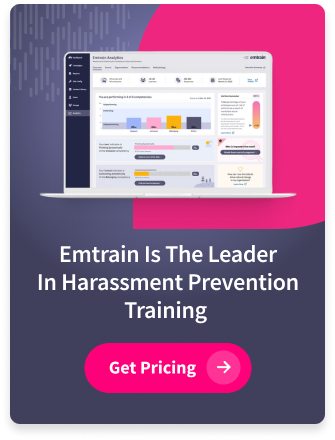More and more companies are coming to realize that the real value of an organization lies in engaging and mobilizing a diverse & intersectional pool of talent. Not merely to fill a metric, but to have the necessary capabilities to drive their business forward. Taking steps to genuinely drive diversity and inclusion and then use it to gain a competitive edge can be a daunting task. The challenge lies in the sheer complexity of our behaviors and perceptions as people. Working in San Francisco as an entrepreneur, diversity advocate, and start-up consultant has provided me with a wealth of experience in driving diversity and engaging with groups of people that have typically excluded from the conversation.
Growing up in a multi-ethnic community in a third world country, I was exposed to the power in diversity at a very young age. I saw firsthand how people across cultures, religions, and races could come together over aligned values; and how respect for one another’s differences was the key to collaboration.
Diversity begins with strong core values
When thinking about diversity, it’s imperative to start with your core values; if you align on values, everything falls into place. As I was starting my own company, I wanted it to embody these values. I devoted time to hiring first-generation American workers, and later at Epic, I made sure 10% of our hires were military veterans. Companies can similarly start by aligning on values. But that’s not enough; they need to make sure there are practices and policies in place that can reinforce said values. It’s no secret that inclusive workplaces see better business results, but getting to those results means they need to operate in constantly changing workplaces, as well as customer and employee expectations. A genuine commitment throughout the organization is necessary for team members to strive and appreciate each other’s perspectives.
Paradoxically, working as a consultant for various start-ups, I quickly realized that diversity was not a priority for younger companies. Larger companies have experts and dedicated resources in place, but start-ups don’t have the same advantages. Their primary focus is on product development and enhancing the customer experience. On the flip side, when I propose diversity and inclusion as a strategy to harness the human power that already exists in their workforce, DEI becomes seen as a competitive advantage, and founders start to listen. I invite them to think systematically about who is building the product and whether those same people can empathize with the customers they are making it for. These companies must have a culture that empowers employees to act on an idea.
Building an inclusive workplace culture means communicating core values clearly and then following through on those values so that people can be their most authentic selves, do their work well, without worrying about repercussions. When you build an inclusive culture, it establishes you as an employer of trust; it sets expectations, and employees see what your values and mission are.
Practical steps towards diversity and inclusion
But it’s not just about core values; companies should put practices and policies in place that reinforce those values. A team charter is an excellent example of a method that can drive inclusion, productivity, and communication. A team charter is an agreement that dictates how a group can best work together, and help tap into your workforce’s full potential. The main elements in a team charter:
● State everyone’s strengths and weaknesses
● Determine how the team best communicates
● Outline how the unit fits into the company’s mission
● Confirm what best motivates the group as a whole and its members
It’s equally essential to deliver an equitable employee experience through a combination of actions with concrete milestones and key performance indicators that generate awareness and reduce bias. Companies need to act beyond opening up pipelines for underrepresented groups to providing the tools they need to succeed. Do company practices have room for cultural, generational, and socioeconomic differences? Are processes fair and equitable across the company? Or are some employees being advanced and developed, while others get left behind?
Additionally, to ensure perceptions of fairness, it’s crucial to listen to feedback. Open communication can uncover where the pain points are so that leaders can reward and reinforce the behaviors that the company wants to see. One of the most proven strategies to attract and retain top-performing employees has been our flex program. I initiated it in response to feedback from one of our best performing female employees. We provided flexibility for employees to come into the office when they can while making sure to incorporate overlap times so team members could be in the same space a few times a week. With this modern workforce, a flex program is so important because it creates a space for a diverse group of employees who have their own private challenges.
At its core, DEI requires a wide range of interrelated actions, systems and behaviors, and practices, all guided by an overarching set of values. Recruiting, interviewing, employee and manager training, and education all have to connect to support each other’s efforts. It presents a unique opportunity for organizations to build community and embrace different styles of thinking. Growing pains are an intrinsic part of start-up culture; there will be a constant flux of communication, decision-making issues, and sacrifices made in times of high growth. However, when founders and leaders across the organization take the time to build awareness, recruit diverse candidates, and develop them, it pays off in spades.
I recently had a chance to join Laraine McKinnon from Emtrain as a guest on their bi-weekly, live web series on LinkedIn, Always Learning. Laraine and I discussed all of these tips and much more. You can view a recording of our chat here!










